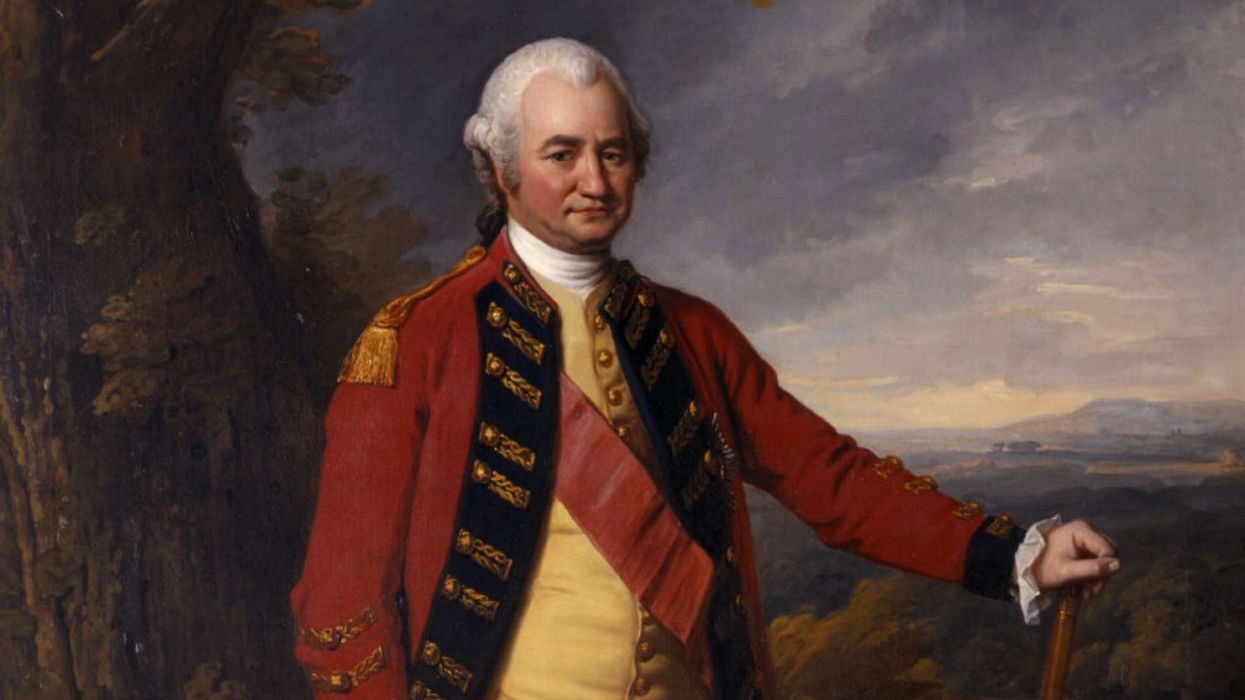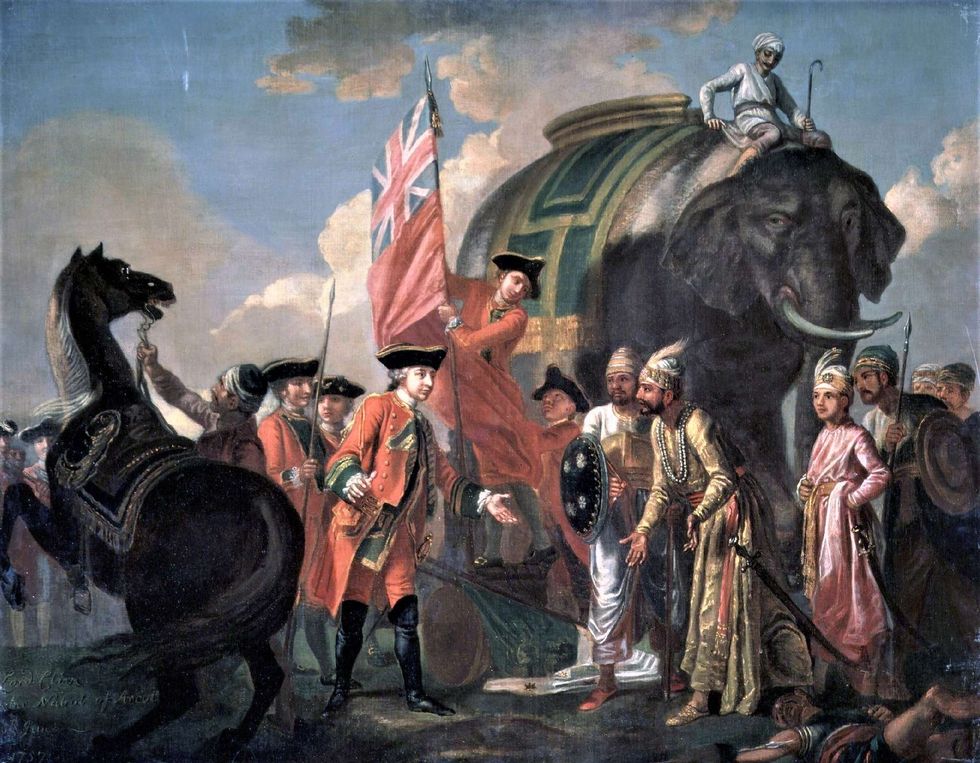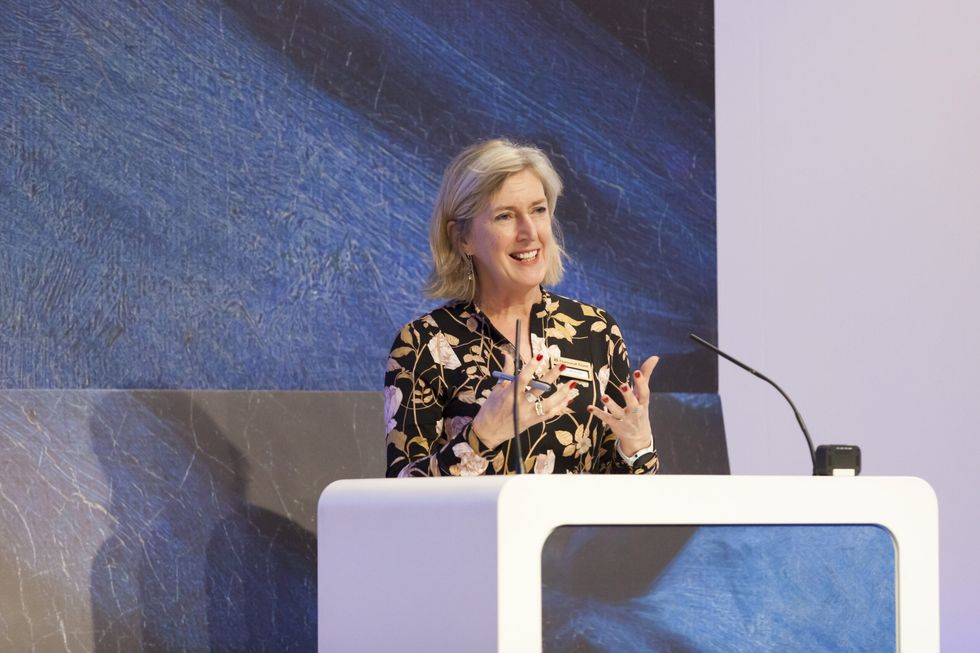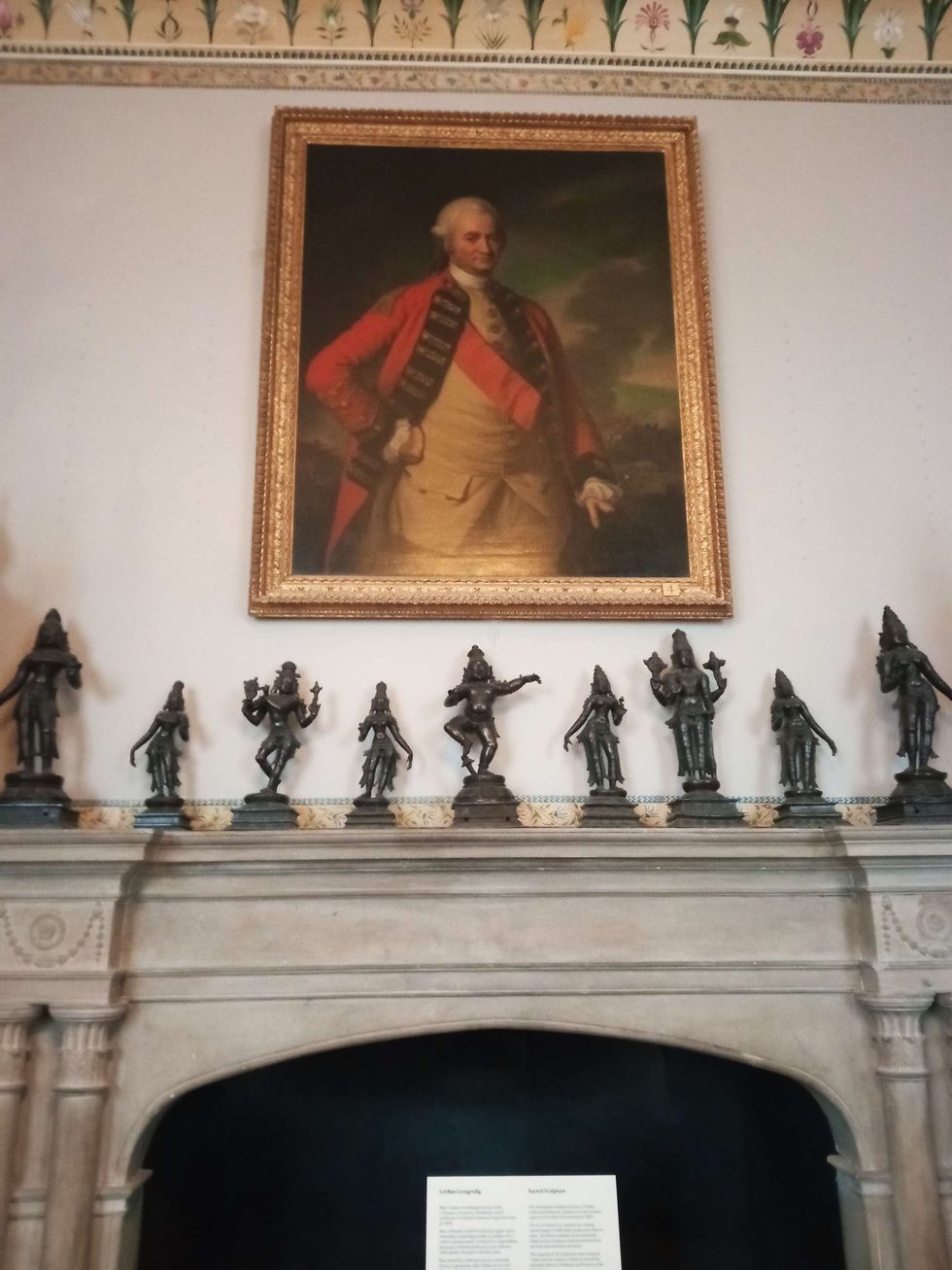ONE of this year’s most celebrated cinematic triumphs has been Payal Kapadia’s All We Imagine As Light winning the prestigious Grand Prix award at the Cannes Film Festival.
This victory demonstrated that a powerful story, strong performances, and beautiful cinematography can achieve greatness without a big budget or an expensive star cast. The critically acclaimed film also introduced the exceptional talent of Kapadia as a visionary film - maker. Its award-winning journey across international festivals has further cemented her reputation as a writer and director.
With the realistic drama set to be in UK cinemas next Friday (29), Kapadia spoke to Eastern Eye at the BFI London Film Festival about her journey, the film’s core message, and the artistry behind it.
Do you remember what first connected you to filmmaking?
No, actually, I don’t exactly remember when, but growing up I used to go to a film club, where once a week, my chemistry teacher, who was a cinephile, used to show us a movie. I think that was where the interest in cinema started, but over the years, I was lost as a student, and cinema pro - vided me with something I was always very interested in consistently. I thought that this is something I could do.
What inspired the story of All We Imagine As Light ?
The story took a long time to form because I started writing it almost six years ago. At the time, I was interested in making a film about women who come to work in Mumbai, particularly in a hospital setting. There were many themes I wanted to explore, and this premise allowed me to address them. Growing up in a family with four generations of women also gave me a deep connection to generational stories, which be - came a central part of the narrative.
Great performances have helped define this film. How important was it to get such a strong cast?
I think having good actors, or at least ones who understand the language of your film, is the greatest joy for any director. They weren’t just coming, working, and leaving – we became very close and worked extensively before the shooting began. We spent three weeks together rehearsing and trying out different approaches.
Tell us about that process of preparation.
We shot many scenes in five different ways with a small DSLR camera and reviewed them repeatedly. Pre-production involved a lot of rigour, and not all actors can give you that level of time and energy. Their generosity of spirit and focus as artists greatly benefited me as a director.
How important was it for you to keep this film rooted in reality?
I draw a lot of inspiration from research and observation. My cameraperson and I spent years shooting Mumbai, not with the intention of using the footage in the film, but as observational exercises. Reality has a richness that often surpasses imagination. This approach helped create an authentic visual and narrative style.
The beautiful camerawork makes this movie a visual delight. Can you talk about that?
My cameraperson, Ranabir Das, has been collaborating with me for over a decade. We discuss the visual elements of the story from the scriptwriting stage because we both believe the imagery is as much a part of the narrative as the dialogue.
The film is divided into two parts with distinct looks…
Yes, we discussed how to shoot the two parts differently – the lenses, colours, and overall design were carefully chosen to reflect the passage of time and shifts in tone. We even used different seasons and light to create contrasting moods.
My favourite moment is when Dr Manoj confesses his love to the conflicted nurse. What is your favourite moment?
I also like that scene with Dr Manoj on the swing. Placing it in a garden where all the benches are occupied, forcing them to sit on the swings, created an awkwardness that matched the dialogue perfectly. I enjoyed writing and making that scene. I also loved working on the second-tolast scene, which allowed me to experiment, transitioning from realism to something more fantastical.
A still from All We Imagine As LightBut I wanted them to get together…
The optimistic viewer will think that she will go back and be with him.
How was the Cannes Film Festival experience?
What stood out to me was that exactly a year earlier, in May 2023, we were rehearsing the film in loose pyjamas, living together for weeks. Fast forward a year, and we were at Cannes, dressed up and experiencing something extraordinary together. That was nice.
How much does winning such a prestigious award mean to you?
It’s a great privilege. Cannes is a festival that showcases filmmakers I’ve admired for years, so to have my work recognised there is an honour.
Do you feel pressure going forward, with expectations now sky high?
I try not to think about the end goal. Filmmaking takes years – it’s like longdistance running. You have to focus on the process, not the destination.
Did you learn anything while making this film?
Absolutely. Filmmaking is a continuous learning process. My previous film was called A Night of Knowing Nothing because I approach every project with the mindset of knowing very little. As you research and create, you discover so much along the way. That is one of the nicest things about being a filmmaker.
You have become a hero, but who are your filmmaking heroes?
I have many. I’m a cinephile and watch a lot of films. I admire filmmakers like Chantal Akerman, Agnès Varda, Claire Denis, Naomi Kawase, Margaret Tait, and many others.
What can we expect next from you?
I’ve started working on another project, also set in Mumbai. I hope to create a trilogy about the city. The next film is still in the early writing stage and stems from the research I did for All We Imagine As Light.
You will inspire many young women and girls with your achievements. Do you want to see more female filmmakers?
Definitely. The more diverse the voices in filmmaking, the richer the stories we tell. Different perspectives help us step outside the limitations of our own experiences.
Is there a key message in your new film?
At its core, my film is about empathy and understanding people we may not agree with. In today’s world, where ideologies often divide us, I hope the film encourages viewers to connect with others on a deeper level.
What inspires you as a filmmaker?
Everyday life inspires me endlessly.
All We Imagine As Light will be released in cinemas next Fri day (29).






 Clive meeting Mir Jafar after the Battle of Plassey 1757
Clive meeting Mir Jafar after the Battle of Plassey 1757 National Trust director general Hilary McGrady
National Trust director general Hilary McGrady  Powis Castle photo of four Clive dominates Hindu Gods
Powis Castle photo of four Clive dominates Hindu Gods  Clive of India at Foreign Office entrance
Clive of India at Foreign Office entrance 





